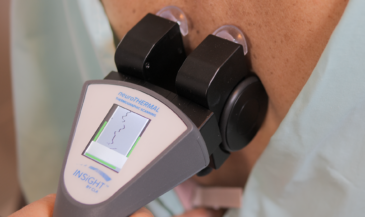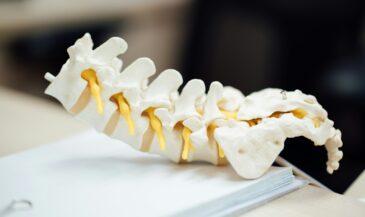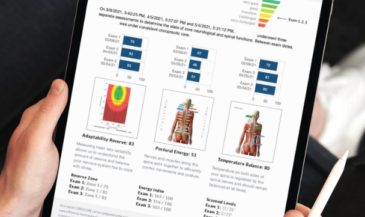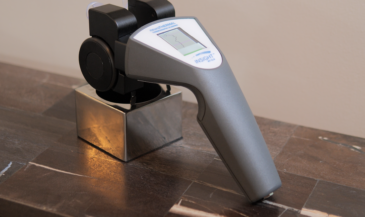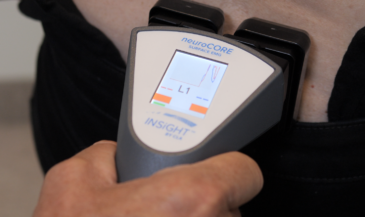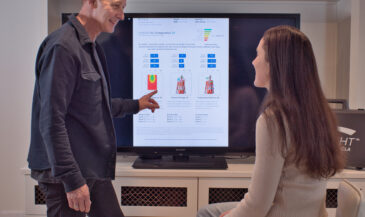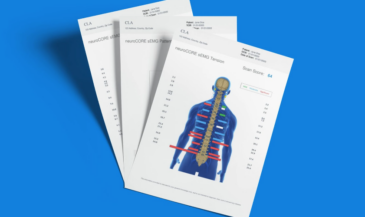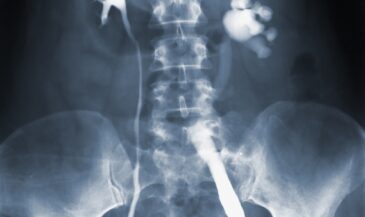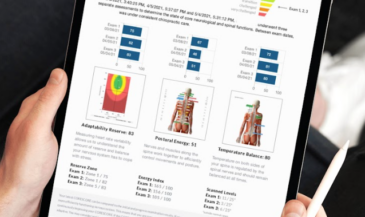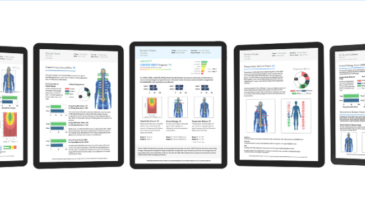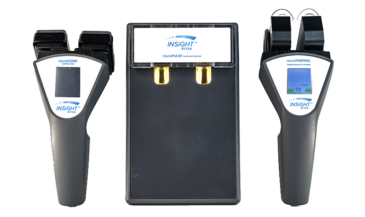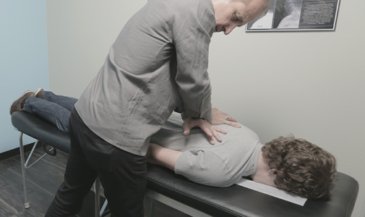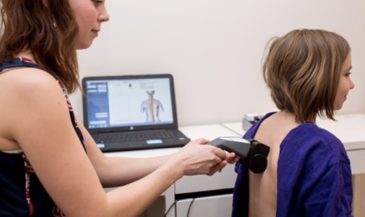The nervous system is the foundation of human health, governing everything from movement to immune function. As chiropractors, our mission is to ensure that this system operates at its peak. Enter nervous system scans, a game-changing tool that allows us to look beyond structure and into how the nervous system is functioning.
By shifting the focus from symptoms to nervous system function, nervous system scans provide data-driven insights that lead to better adjustments, patient engagement, and health outcomes. Let’s dive deeper!
What Are Nervous System Scans and Why Are They Important?
Nervous system scans are non-invasive tools that measure how well the nervous system is functioning. Unlike X-rays, which focus on structure, these scans assess nerve communication, adaptability, and efficiency. They help chiropractors identify hidden stress patterns and subluxations that disrupt nervous system function.
Why is this important? Because the nervous system is the body’s control center. When it’s not functioning well, the entire body suffers. These scans allow chiropractors to see the bigger picture, guiding adjustments that enhance overall health.
Nervous system scans use advanced technology to measure nerve function and identify areas of stress. The key tools include:
- neuroPULSE (HRV scans): These assess the balance between the sympathetic and parasympathetic nervous system, showing how well the body adapts to stress.
- neuroCORE (EMG scans): These measure the neurological activity in muscles, highlighting areas of tension or exhaustion caused by subluxations.
- neuroTHERMAL: This tracks temperature variations along the spine, revealing inflammation and nerve interference.
These scans are quick, painless, and provide actionable data that chiropractors can use to enhance patient care.
The Role of the Central Nervous System in Chiropractic Care
The central nervous system (CNS) includes the brain and spinal cord, which regulate every function in the body. When subluxations disrupt the CNS, patients experience issues ranging from chronic pain to weakened immune systems.
By using nervous system scans, chiropractors can assess how well the CNS is functioning. This allows for targeted adjustments that not only address pain but also improve overall health and adaptability.
How Nervous System Scans Compare to Traditional X-Rays
X-rays show the spine’s structure, while nervous system scans reveal its function.
For example:
- An X-ray might show a misaligned vertebra, but it won’t reveal how that misalignment is affecting nerve communication.
- A nervous system scan pinpoints the exact impact of subluxations, providing a functional roadmap for care.
Together, these tools offer a complete picture, enabling chiropractors to deliver more precise and effective care.
Understanding the Core Components of INSiGHT Scanning Technology
INSiGHT scanning technology combines three powerful tools to create a complete neural profile:
- neuroPULSE (HRV): Tracks the body’s adaptability and resilience by measuring the autonomic nervous system.
- neuroCORE (EMG): Highlights muscular imbalances and areas of neuromuscular exhaustion.
- neuroTHERMAL: Explores deeper nerve connections that control organs and glands, tracking stress and inflammation.
Together, these scans change the narrative from “pain” to performance.
How INSiGHT Scans Shift the Focus from Pain to Performance
Patients often come to chiropractors because of pain, but INSiGHT scans help shift the conversation. Instead of focusing solely on symptoms, these scans show how the nervous system is functioning and how care improves overall performance.
By tracking adaptability, resilience, and nerve communication, chiropractors can demonstrate the broader benefits of care, from better energy levels to improved immune function.
The Power of CORESCORE: Tracking Progress in Patient Health
The CORESCORE report is one of the standout features of INSiGHT scanning technology. This single-number score provides a snapshot of a patient’s neurological health.
Benefits include:
- Easy-to-understand “report cards” for patients.
- A clear way to track progress over time.
- Increased patient commitment to care plans.
CORESCORE reports make the invisible visible, helping patients see the impact of chiropractic care on their overall health.
Why INSiGHT Scans Improve Patient Retention
Patients stay engaged when they see results. Nervous system scans provide visual proof of progress, whether it’s improved adaptability on an HRV scan or reduced stress patterns on a thermal scan.
When patients can see their nervous system function improving, they’re more likely to stick to their care plan. This leads to better outcomes and stronger patient relationships.
How to Integrate INSiGHT Scanning into Your Practice
Adding nervous system scanning to your practice is easier than you might think:
- Invest in INSiGHT scanning technology: This user-friendly system is designed specifically for chiropractors.
- Use scans during initial exams: Establish a baseline for each patient.
- Track progress: Regular scans show how care is improving nervous system health.
- Educate patients: Share CORESCORE reports to help patients understand their progress.
With tools like these, you’re not just improving care—you’re transforming your practice.
Are you ready to revolutionize your practice and provide unparalleled patient care? Integrate INSiGHT scanning technology and experience the difference it makes.
Book a call with an INSiGHT Advisor today to learn how you can bring this transformative technology into your chiropractic clinic so you can lead your patients on a journey toward optimal health and wellness.
Frequently Asked Questions About Nervous System Scans
Are nervous system scans safe for children?
Yes. Our scanning tech is ideal for pediatric patients, providing insights into their developing nervous systems.
How long do scans take?
Most scans are quick, taking just a few minutes to complete.
Do patients understand the results?
Absolutely. Reports like the CORESCORE simplify complex data into easy-to-understand insights, making it easier to communicate with patients.









